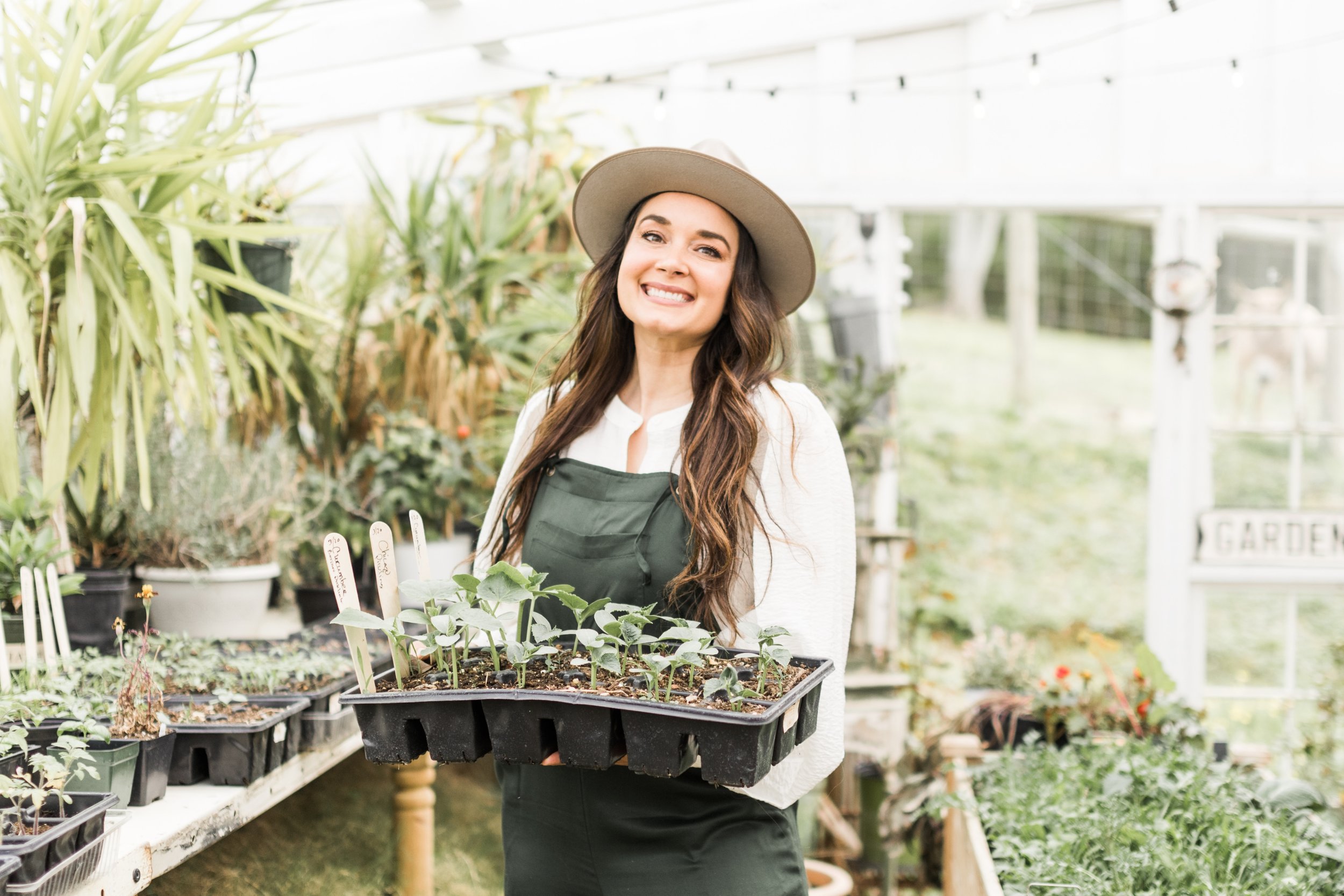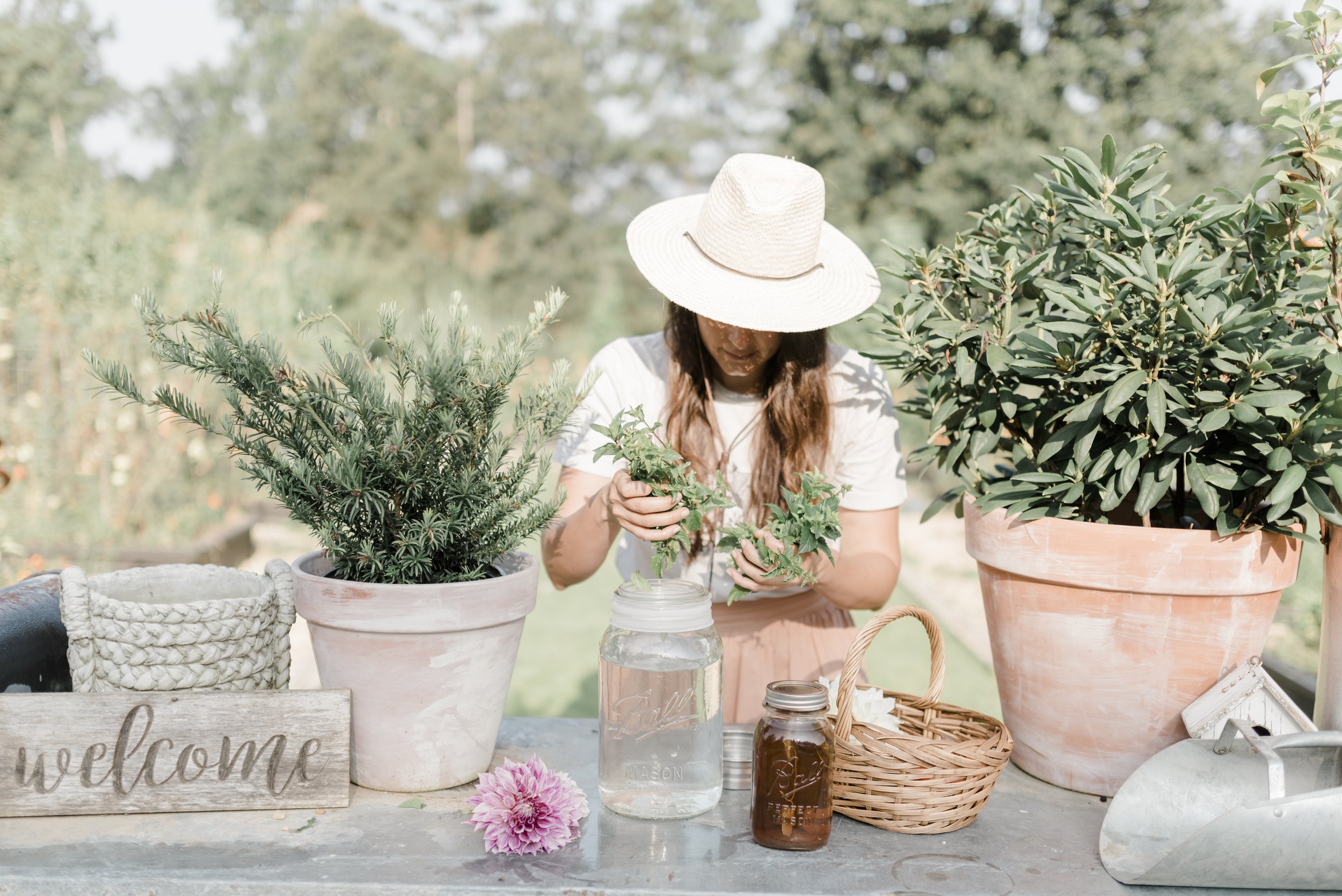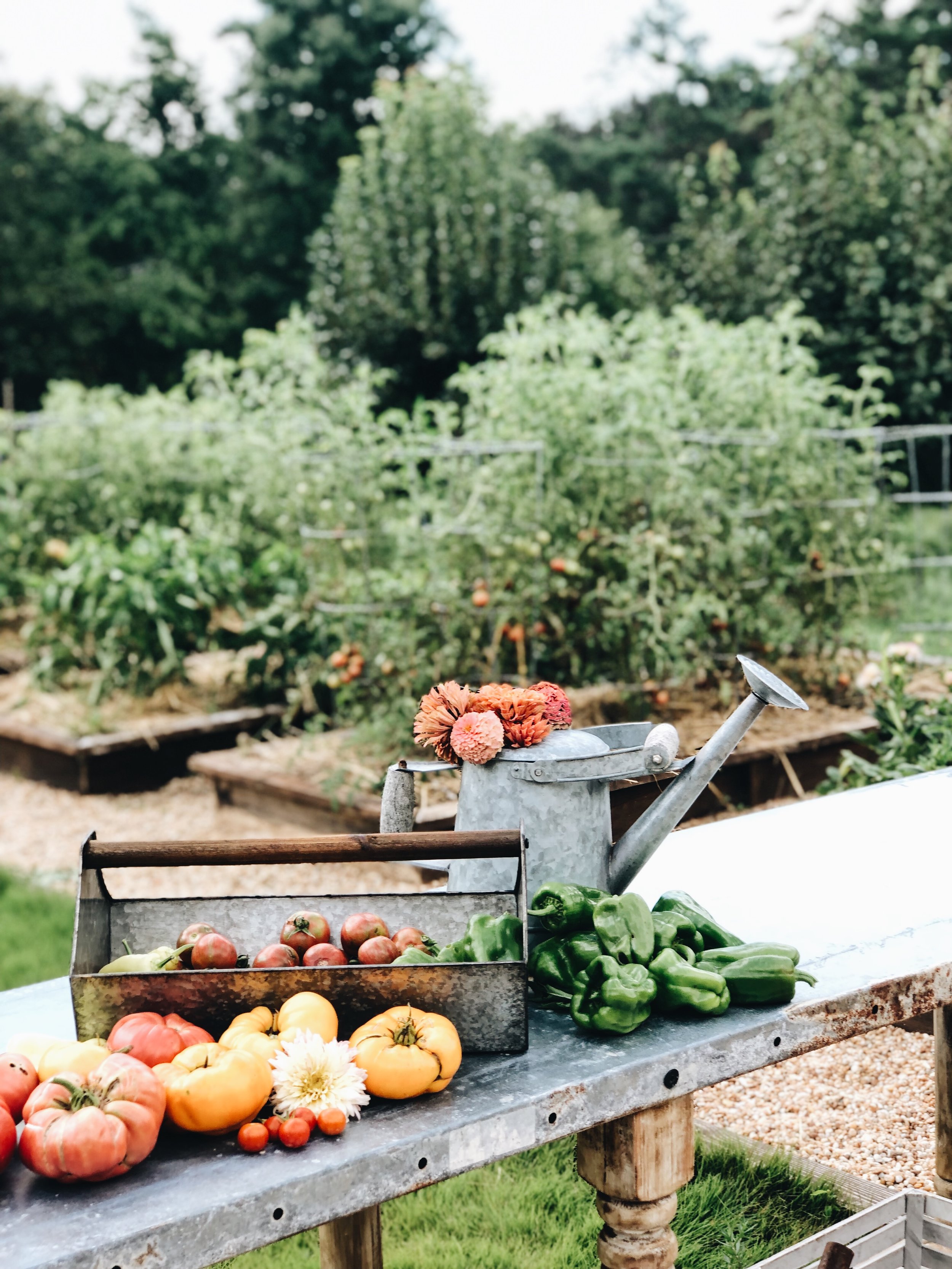11 Of The Best Summer Season Vegetables That Love The Heat
With temperatures rising and summer getting closer, it's time to get warm-season crops into the ground.
I know you may be thinking that you just planted your spring veggies and perhaps need a breather! But, this is the thing about gardening; you always need to be one step ahead to prepare for the upcoming months.
While you may be enjoying spring crops now, you already need to plant your summer crops. And when summer arrives, you need to get your fall veggies into the ground. And so, the cycle continues.
Vegetables such as cauliflower, broccoli, and spinach prefer cooler spring and fall temperatures. Whereas warm-season crops such as tomatoes, cucumbers, peppers, and melons need warm temperatures and longer days to thrive.
These warm-season vegetables should only be planted after the last frost date in your area when all chance of frost has passed. The soil should also be warm enough for seeds to germinate or transplants' roots to grow.
Seeds or Transplants?
It may be too late in many regions to direct sow seeds at this time of the year (late April to May). Although it really does depend on the crop and your climate and conditions.
But, to make it easier for yourself, I would suggest planting transplants instead of starting seeds directly in the ground. Crops such as tomatoes and peppers are better started from seed indoors as they have to put on a lot of growth to produce fruit.
Transplants found at your local nursery have usually been started indoors about eight weeks before they are ready to go in the garden. This allows you to extend your growing and harvest season.
Many popular warm-season crops such as beans, corn, squash, and cucumbers can be directly sown late in spring if you live in warmer regions. The warm soil will actually increase germination rates and growth for these crops.
Seedlings ready to be transplanted
11 Summer Season Vegetables To Plant In Spring
1. Cucamelons
Cucamelons (what a fun name!) are also known as Mexican cucumbers or sour cucumbers. They look like tiny melons but have a combination taste of cucumber and lime.
This heat-loving vegetable is not difficult to grow and is a vigorous grower that loves sun, water, and nitrogen.
Once all chance of frost has passed, you can transplant seedlings outdoors in a sunny spot. Water them regularly and feed them occasionally with an organic fertilizer. You can expect a harvest from July until late September.
If you cannot find seedlings, you can direct sow cucamelons if the soil temperature is warm enough and day temperatures are consistently 71-75 degrees.
2. Cucumbers
One of my favorite warm-season crops! We enjoy eating them fresh or pickled, and they come in hundreds of varieties to suit every taste. You will find bush types perfect for containers and vining types that can climb a whole trellis.
Cucumbers love hot weather, and in the summer months, seeds can germinate and sprout in as little as three days! They will take about 50 days to mature, so you still got some time when direct sowing them in May to early June.
Or you could just plant them as seedlings to get a head start. Whichever method you choose, plant them when nighttime temps are consistently over 60 degrees F.
Cucumbers need full sun, regular watering (as they mostly contain water), rich soil, and pollinating insects to produce a bountiful harvest. Pick their fruits regularly so that the vines will continue to grow more cucumbers.
3. Eggplant
Growing your own eggplant will be a great choice if you love eggplant parmesan and dishes. Like peppers and tomatoes, eggplants thrive in hot weather and are very easy to grow.
They need full sun, well-drained soil, mulch on the ground, and plenty of water. Don't plant them until at least 3 weeks after the last frost to ensure the soil and air temperature are warm enough. You will be able to harvest the eggplant mid-to-late summer.
Companion plant eggplant with amaranth, beans, peppers, spinach, or thyme.
4. Green Beans
Green beans tolerate heat and will do well in summer. They are effortless to grow from seeds and seedlings and will mature quickly. The bush varieties work great if you're limited on space, and pole bean types will cover the ground or a trellis.
Direct sow or plant beans outdoors when the soil temperature reaches 60 degrees F and air temperature 65 - 85 degrees F. Bush beans can be sown every 3 weeks for a continuous harvest throughout summer and pole beans can be harvested from mid-summer into fall.
Stop sowing about 8 weeks before the first fall frost date.
5. Herbs
What would a garden and cooking be without some herbs?! I love picking herbs from my garden when cooking, and they also attract pollinators and beneficial insects!
Summer herbs like basil, thyme, oregano, rosemary, and chives can be planted in early summer.
Direct sow seeds or purchase them as potted plants and grow them in beds or containers. They will have enough time to settle before the colder temps and winter arrives.
making mint tea straight from the garden!
6. Melons
Another favorite! A juicy melon must be one of summertime's greatest pleasures.
All types of melons, including cantaloupe, honeydew, and watermelon, do great in the heat of summer. Cantaloupes are one of the easiest varieties to grow and quickest to ripen. Melons will provide harvest throughout the whole summer. Yeah!
Plant melons in rich, sandy-loam soil that drains well. They also need a lot of sun to develop that sweet, sweet taste. Allow plenty of room for the vines to sprawl and the fruit to have enough space to grow. Always keep the soil well moist as they are susceptible to drought.
Sow seeds or plant starts when the soil temperature is 65-70 degrees F, and remember to cover the ground with mulch. Sunflowers and marigolds are great companions plants to protect your melons.
7. Peppers
Peppers are another veggie that thrives in hot weather, and you only need a few plants to produce many peppers. They are also one of the easiest veggies to grow.
Plant peppers a week or two after your last frost date in a sull-sun spot with rich, well-drained soil and regular watering. You can add an organic fertilizer at planting and again when the plant sets fruit.
Support the plants with staking or caging to keep them from bending over or breaking from the weight of the fruit.
Peppers will keep producing throughout summer if given a bit of afternoon shade and plenty of water.
8. Summer Squash
Summer squash like zucchini and patty pans like the heat and are some of the most productive plants you can grow. They will grow relatively fast from seeds and seedlings, so you will be able to harvest a lot of squash before the first fall frost arrives.
Plant summer squash when the soil temperature has reached 70 degrees F, in full sun, and in soil with a pH of 6.0 - 6.5. Since summer squash is so productive, they need regular feeding with compost and fertilizer to provide a steady supply of nutrients. And, of course, regular watering and mulch around the plant.
Squash companion plant well with cucumbers, corn, and beans.
9. Sweet Corn
Sweet corn is another great plant that can handle hot, dry weather and does not like to be planted until the soil is warm enough. It even grows faster the hotter it gets.
Corn may not be suitable for every garden and gardener as it requires a lot of space to grow and needs cross-pollination. But when you get it right, it is worth the effort!
Make sure pollination happens by planting corn in 4 x 4-foot squares or multiple rows next to each other. When planting, apply organic fertilizer and water diligently during dry weather spells.
10. Sweet Potatoes
Unlike regular potatoes that don't like hot weather, sweet potatoes prefer the summer months. However, they do need several months of heat to thrive and deliver good produce, so get planting right away and you'll be able to harvest late summer.
When the soil temps reach 60 degrees F, you can plant tuber slips in a sunny site in well-drained, rich soil. Keep the soil moist by watering regularly, and cease watering 2 to 3 weeks before harvesting when foliage begins to turn yellow.
Make sure to harvest the sweet potatoes before the soil temperature drops to 55° F in the fall.
11. Tomatoes
My tomato plants are the most of all my veggies – I have around 70! I love canning, so I always make sure I have enough for the off-season.
Tomatoes need several months of heat to produce a good harvest, so when grown from seed, you should start them indoors 5 – 6 weeks before your last frost date. Then only can you transplant them when the soil has warmed and night temperatures stay above 50 degrees F.
By this time (late spring), it would be better to buy young plants from your local nursery.
Plant them in a spot where they will get 6-8 hours of sunlight and plant them deep enough in well-drained, rich soil. Tomatoes are heavy feeders, so you need to fertilize at planting and throughout the season. They also need consistent watering.
Summer Vegetable Planting Tips
These warm-season plants love heat, but it doesn't mean they can go without their basic plant needs and some TLC. For successful summer crops, here are a few tips:
Consistent Watering
It's hot - so frequent watering is crucial for successful summer gardening. Water first thing in the morning so the plants can use the moisture throughout the long hot days. However, if you didn't get to watering in the morning, don't skip until the following day; water anytime you can!
Net Protection
Although not aesthetically beautiful, netting will protect your veggie patch against birds, rabbits, and other pests that roam the garden.
Mulch Away
Applying mulch at the roots of your veggies will keep the soil moist and prevent moisture loss, help with erosion, protect against pests like slugs, and inhibit the growth of weeds.
Keep Picking
Regular picking of the produce will help to keep the plants productive and produce even more fruit. When they are overloaded with heavy fruit for too long, they become stressed and take away nutrients from potential new fruit.
Just because hot weather has arrived doesn't mean gardening has to end. Try growing some of these heat-loving vegetables to extend your harvest season. It is worth the risk and the reward!
Here’s what you can plant during other times of the year:
Vegetables to plant for a fall/ winter harvest
Love, Annette xx









